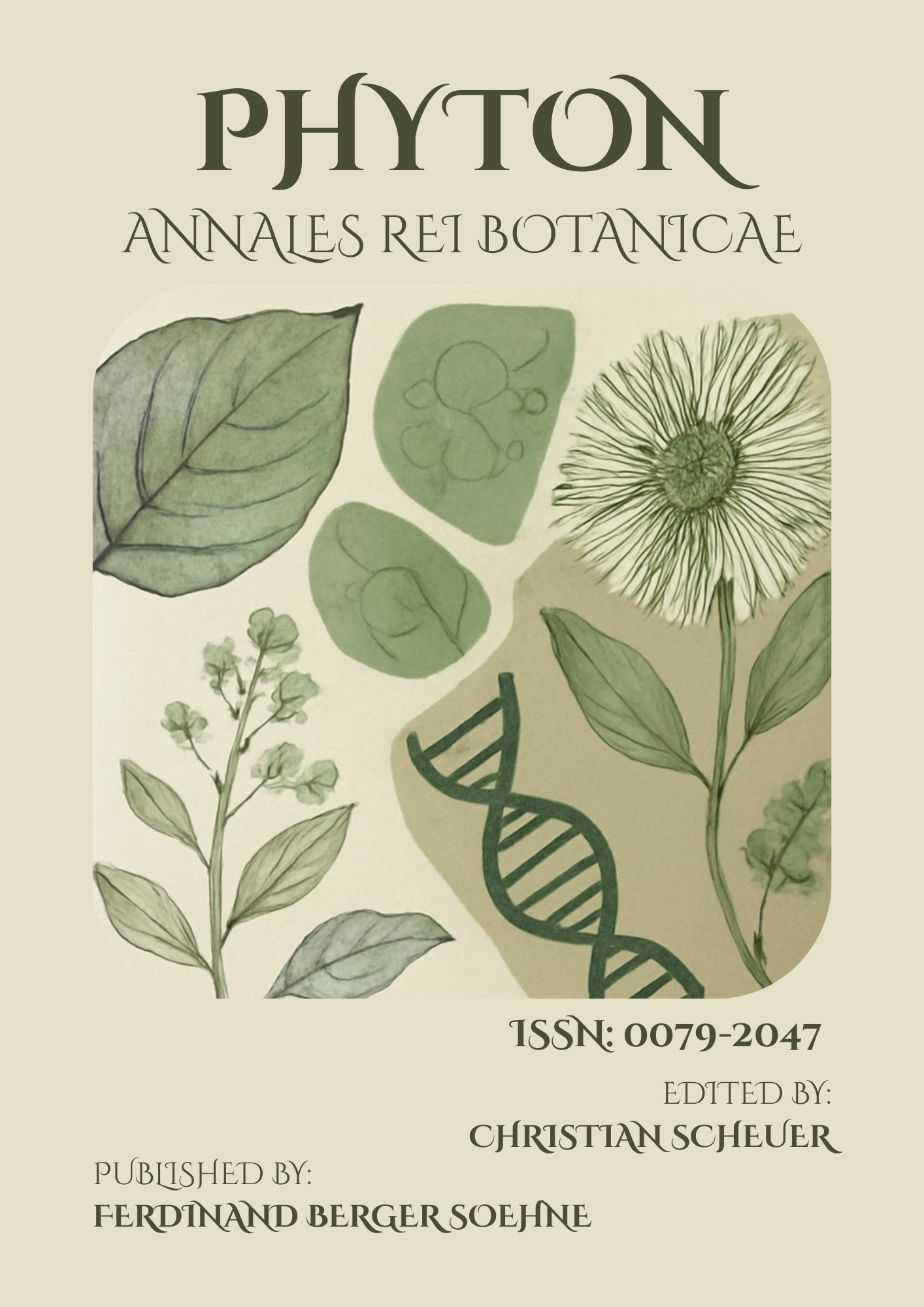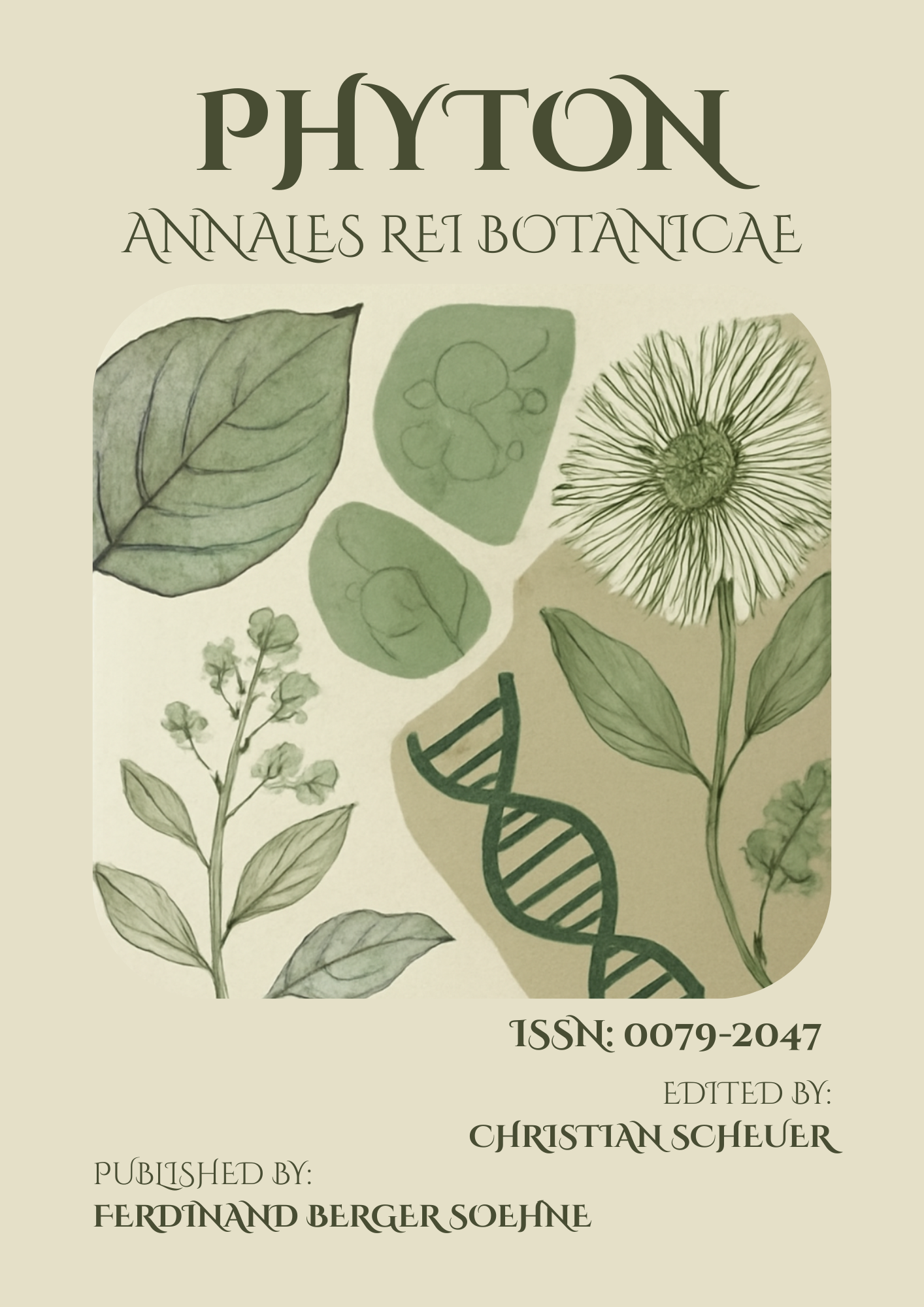The Role of Artificial Intelligence in Revolutionizing Agriculture in China: A Path Toward Sustainable Farming
Keywords:
Artificial Intelligence, Sustainable Agriculture, Crop Management, Irrigation, China, Agricultural TechnologyAbstract
Artificial Intelligence (AI) has gained significant traction in various sectors, and agriculture in China is no exception. As one of the world’s largest agricultural producers, China faces numerous challenges, including decreasing arable land, water scarcity, and increasing demand for food due to a growing population. This study examines the potential role of AI in addressing these challenges and promoting sustainable agricultural practices in China. By evaluating case studies from several provinces, the paper assesses the effectiveness of AI technologies in optimizing crop management, irrigation, pest control, and soil health monitoring. The research highlights the deployment of AI-powered systems such as predictive analytics for crop yield forecasting and automated irrigation systems that save water while improving productivity. The findings suggest that while AI adoption in agriculture has the potential to significantly improve efficiency and sustainability, barriers such as high implementation costs, lack of technical skills among farmers, and limited access to technology in rural areas still pose significant challenges. The paper concludes by recommending policy interventions to support the widespread adoption of AI in agriculture, including government subsidies, training programs for farmers, and increased investment in agricultural research and development.
Published
How to Cite
Issue
Section
License
Copyright (c) 2022 PHYTON-ANNALES REI BOTANICAE

This work is licensed under a Creative Commons Attribution-NonCommercial-ShareAlike 4.0 International License.
This article is published under the terms of the Creative Commons Attribution-NonCommercial-ShareAlike 4.0 International License (CC BY-NC-SA 4.0). Readers may share and adapt the material for non-commercial purposes, provided appropriate credit is given and adaptations are shared under the same license.



